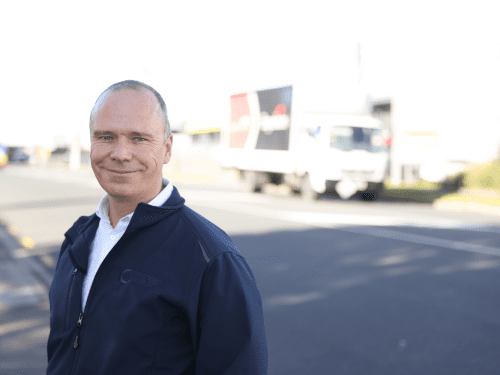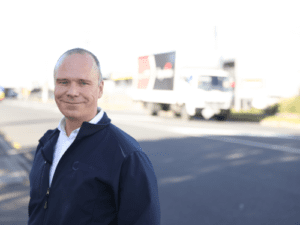Freight task productivity – the prize hidden in plain sight
New Zealand has a productivity problem.
Not new news to anyone paying attention – this is a hot topic taking up a lot of column inches.
And so it should be.
Productivity for the whole economy averaged 1.4% p.a. between 1993 and 2013 but averaged only 0.2% p.a. over the last ten years (Treasury Paper May 2024).
Put another way, our average productivity growth as an economy has plummeted by over 85% since the late 90s and early 2000s.
We’ve gone from the third highest GDP per capita in the world in the 1950s to 37th in 2024.
This is what sliding into a declining standard of living looks like.
The Government is acutely aware of this, that’s why “turbo charging New Zealand’s economic growth” was the theme for the Prime Minister’s state of the nation address at the start of the year.
They know that if New Zealand’s productivity doesn’t improve markedly, we simply won’t have the tax take we need to service New Zealand’s enormous public debt, invest in our health, infrastructure and other core services, and Kiwis’ standard of living will be left behind. A future none of us want.
In Wellington there is plenty of talk that Ministers are on the hunt for initiatives that are going to deliver growth and productivity.
So, what levers to pull?
Our new Minister of Transport Chris Bishop has a golden productivity play sitting at his fingertips.
Freight productivity.
New Zealand’s productivity, our export-led earnings and consumer-based economy relies on the efficient movement of freight from producer to consumer.
Efficient freight movement is critical – but New Zealand has no strategy to enhance its productivity.
Here are some trends to consider:
- freight task volume continues to grow strongly over time (driven by last mile delivery and export growth)
- freight productivity growth has largely flattened since the introduction of HPMV in 2013
- freight costs have risen over 52% over the same period (excluding fuel – NRC Infometrics Customised Cost Index)
Focusing on freight productivity will identify some quick wins for the Minister to boost our plateaued freight productivity. He need not look further than Australia for inspiration.
In 2019 the Australian Transport and Infrastructure Council delivered a National Freight and Supply Chain Strategy – setting out why they need action, what they wanted, and action they will take to deliver it.
The Aussie approach is elegant in its simplicity, bringing together government and industry to develop an action plan that delivers:
- smarter and target investment
- improved supply chain efficiency
- better planning, regulation and coordination and regulation
- better freight location and performance data
And together government and industry make sure it delivers results through annual reviews of performance, and five-year reviews for learnings.
There is a quote in that strategy that could have been written about New Zealand: “…governments can hinder the freight sector through poor infrastructure planning, inconsistent or overly burdensome regulation, and considering only one or two aspects of the supply chain at the expense of the whole network.”
Minister Simeon Brown made a good start at tackling infrastructure planning and improving regulation.
Minister Bishop can now finish the job and commission a freight and supply chain strategy that, to borrow from the Prime Minister, turbo-charges freight productivity as well as the economy.
Justin
Justin Tighe-Umbers
Chief Executive | National Road Carriers Assn
DDI: +64 9 636 2951






